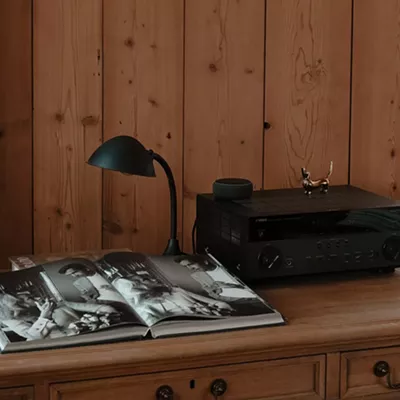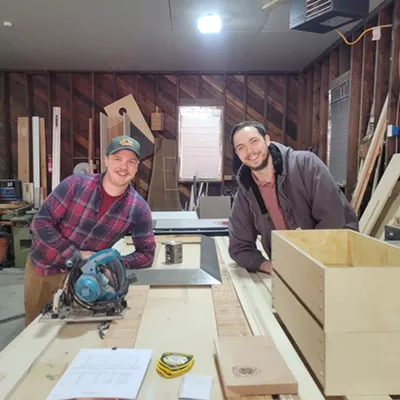Q: How should I choose shoes for my kids?
A: I have few memories more magical than rolling up to the Buster Brown store at NorthTown to score a new pair of waffle stompers. They had to accelerate well, stop tight, jump high with a zig for every zag — if they did not, they would not be mine. Through the years, I ran Zips, Kangaroos, Keds, simple swoosh Nikes, Saltwater Sandals, Sperry Topsiders. My mom bought the propaganda that a child needed new shoes frequently or their feet would explode.
In actuality, a child’s foot does not develop because of a shoe, but in spite of a shoe. In fact, the best shoe for a baby and toddler learning to walk is no shoe at all. Babies’ feet are fat, flat and flexible. Like little monkeys, they learn to walk by flexing their little feet and gripping the ground, developing balance and strength. Yet for protection and warmth, it’s wise to cover their feet with socks, or even better, the moccasin-like booties that have become popular. These are particularly well suited for toddler ambulation because the leather allows plenty of flex as well as breathability for their sweaty little feet. As children develop, the foot fat diminishes, the bones of the feet harden, the muscles strengthen and the arches of the feet naturally develop (at least 75 percent of the time).
During growth, the most important thing about a child’s shoe is the fit, not the finish. The trouble is a child’s foot grows so quickly that the right size is a fleeting thing; it’s a good idea to measure your child’s foot every other month until they are two or so, then three or four times a year.
A controversial topic is second-foot shoes. As long as the fit is right, there isn’t an imprint of the last wearer’s foot on the inside of the shoe and if the sole has minimal wear, there shouldn’t be a problem.
If your preschool or school age child develops ankle or knee pain, they may be one of the less lucky 25 percent of people with flat feet. This can be diagnosed by their pediatrician. If they do have symptomatic flat feet, they may benefit from some over-the-counter arch supports, which help raise, support and straighten feet. Pain, not the appearance of the foot, is the guide. Fortunately for children, “Unlike in adults, rarely do we see footwear choices that lead to fixed bony deformities,” says Shriner’s Hospital orthopedic surgeon Bryan Tompkins. “While severe problems are uncommon, most of the foot issues we encounter in children can be treated with simple footwear modifications and rarely require surgical correction.”
Along those lines, it’s interesting to note that there are far more foot problems in cultures that wear shoes than in those that go barefoot. The most extreme example comes from China where little girls had their feet bound tight to restrict growth, so as to appear more dainty and petite. Fortunately, this bizarre-sounding tradition has been replaced in modern times with the wearing of pointy-toed shoes with three-inch heels — which is just so much more sensible.















